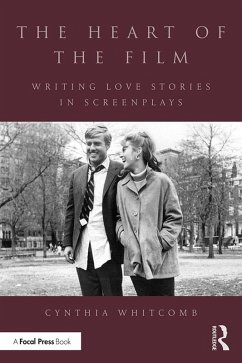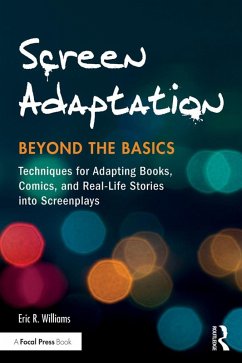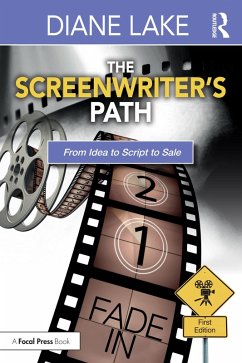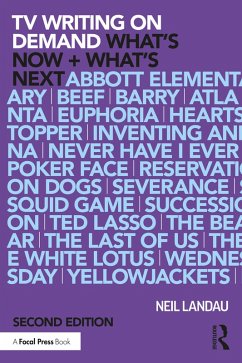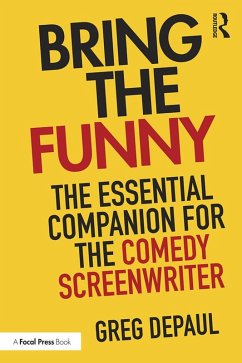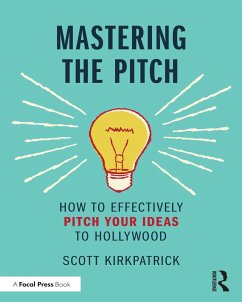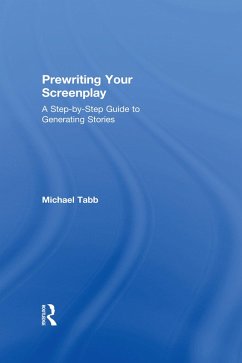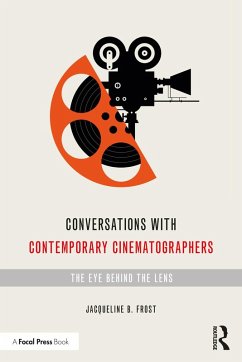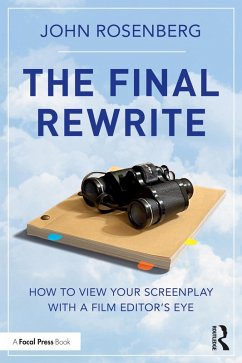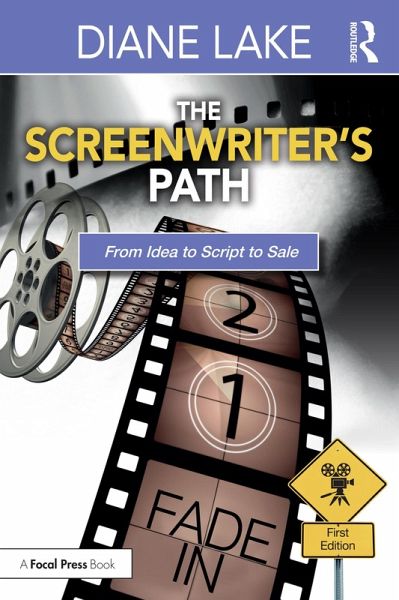
The Screenwriter's Path (eBook, ePUB)
From Idea to Script to Sale
Versandkostenfrei!
Sofort per Download lieferbar
37,95 €
inkl. MwSt.
Weitere Ausgaben:

PAYBACK Punkte
19 °P sammeln!
The Screenwriter's Path takes a comprehensive approach to learning how to write a screenplay-allowing the writer to use it as both a reference and a guide in constructing a script. A tenured professor of screenwriting at Emerson College in Boston, author Diane Lake has 20 years' experience writing screenplays for major studios and was a co-writer of the Academy-award winning film Frida. The book sets out a unique approach to story structure and characterization that takes writers, step by step, to a completed screenplay, and it is full of practical advice on what to do with the finished script...
The Screenwriter's Path takes a comprehensive approach to learning how to write a screenplay-allowing the writer to use it as both a reference and a guide in constructing a script. A tenured professor of screenwriting at Emerson College in Boston, author Diane Lake has 20 years' experience writing screenplays for major studios and was a co-writer of the Academy-award winning film Frida. The book sets out a unique approach to story structure and characterization that takes writers, step by step, to a completed screenplay, and it is full of practical advice on what to do with the finished script to get it seen by the right people. By demystifying the process of writing a screenplay, Lake empowers any writer to bring their vision to the screen.
Dieser Download kann aus rechtlichen Gründen nur mit Rechnungsadresse in A, B, BG, CY, CZ, D, DK, EW, E, FIN, F, GR, HR, H, IRL, I, LT, L, LR, M, NL, PL, P, R, S, SLO, SK ausgeliefert werden.




